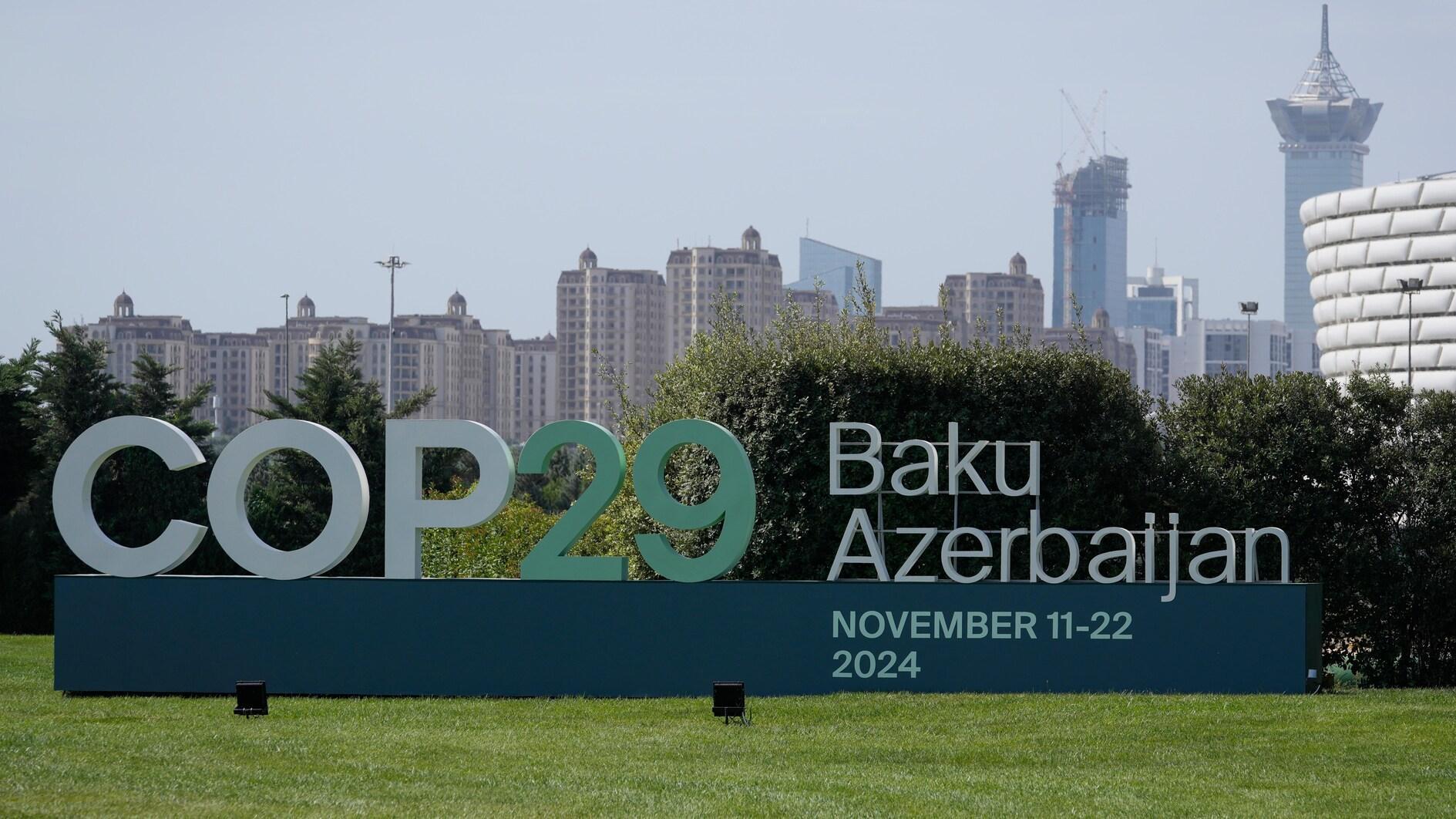Renewables to surpass gas in global power mix by 2016
NEW YORK

A file picture taken on March 27, 2011 shows wind turbines in La Veleta wind park, in Monasterio de Rodillo, near Burgos. AFP PHOTO / Pedro ARMESTRE
Power generation from hydro, wind, solar and other renewable sources worldwide will exceed that from gas and be twice that from nuclear by 2016, the International Energy Agency (IEA) said last week in its second annual Medium Term Renewable Energy Market Report. Investment and deployment of renewables are accelerating in emerging and developing markets, including China, New Zealand and Turkey, the report said.According to the report, despite a difficult economic context, renewable power is expected to increase by 40 percent in the next five years. Renewables are now the fastest-growing power generation sector and will make up almost a quarter of the global power mix by 2018, up from an estimated 20 percent in 2011, the report said. The share of non-hydro sources such as wind, solar, bioenergy and geothermal in total power generation is expected to double, reaching 8 percent by 2018, up from 4 percent in 2011 and just 2 percent in 2006.
“As their costs continue to fall, renewable power sources are increasingly standing on their own merits versus new fossil-fuel generation,” said IEA Executive Director Maria van der Hoeven as she presented the report at the Renewable Energy Finance Forum in New York. “This is good news for a global energy system that needs to become cleaner and more diversified, but it should not be an excuse for government complacency, especially among OECD countries.”
Van der Hoeven also warned that “policy uncertainty is public enemy number one” for investors: “Many renewables no longer require high economic incentives. But they do still need long-term policies that provide a predictable and reliable market and regulatory framework compatible with societal goals,” she stated. “And worldwide subsidies for fossil fuels remain six times higher than economic incentives for renewables.”
Two main factors are driving the positive outlook for renewable power generation. First, investment and deployment are accelerating in emerging markets, where renewables help to address fast-rising electricity demand, energy diversification needs and local pollution concerns while contributing to climate change mitigation. Led by China, non-OECD countries are expected to account for two-thirds of the global increase in renewable power generation between now and 2018.
Second, in addition to the well-established competitiveness of hydropower, geothermal and bioenergy, renewables are becoming cost-competitive in a wider set of circumstances. For example, wind competes well with new fossil-fuel power plants in several markets, including Brazil, Turkey and New Zealand. Solar is attractive in markets with high peak prices for electricity, for instance, those resulting from oil-fired generation.
















